5 Things You Need to Know to Celebrate Russian Easter
Although its celebration was discouraged during the Soviet period, Easter is once again the most important religious holiday in Russia.
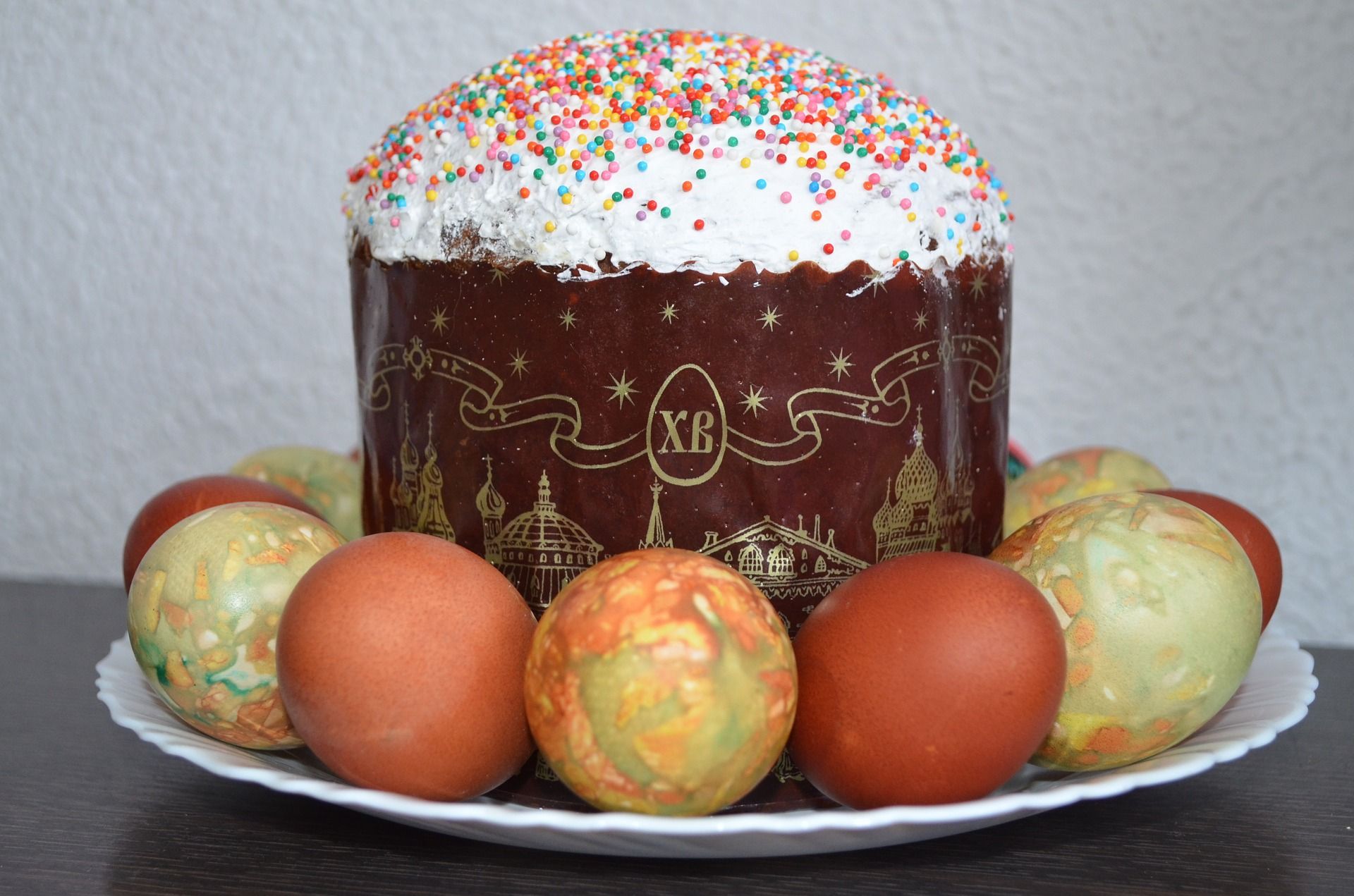
Despite the fact that its celebration was widely discouraged during the Soviet period, Easter has now once again reclaimed its position as the most important religious holiday in Russia.
Even more important than Christmas.
There are quite a few differences between Russian Orthodox Easter on the one hand, and Protestant Easter and Catholic Easter on the other. In this blog we’ll look at the main differences between Easter in English speaking countries and in Russia, and find out more about the traditions you’ll need to know to celebrate Easter like a true Russian.
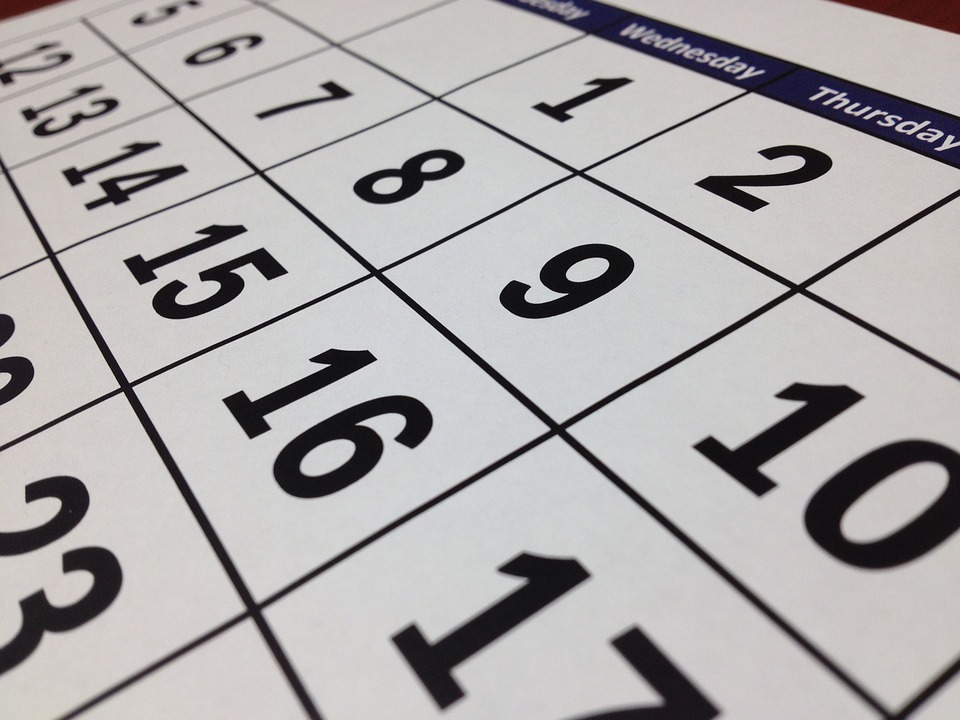
1. The Date
Perhaps the most well-known difference between Easter in Russia and in the English speaking world is the date.
Just like Easter in the UK and other Anglophone countries, Russian Easter is a moving holiday – its exact date changes every year. Unlike churches from the Western Christian tradition however, the Russian Orthodox Church decides the date of Easter using the old Julian calendar rather than the modern Gregorian one. As such, Easter in Russia comes between April 4th and May 8th, about 2 weeks after Catholic and Protestant Easter. This year, Russian Easter is on April 8th.
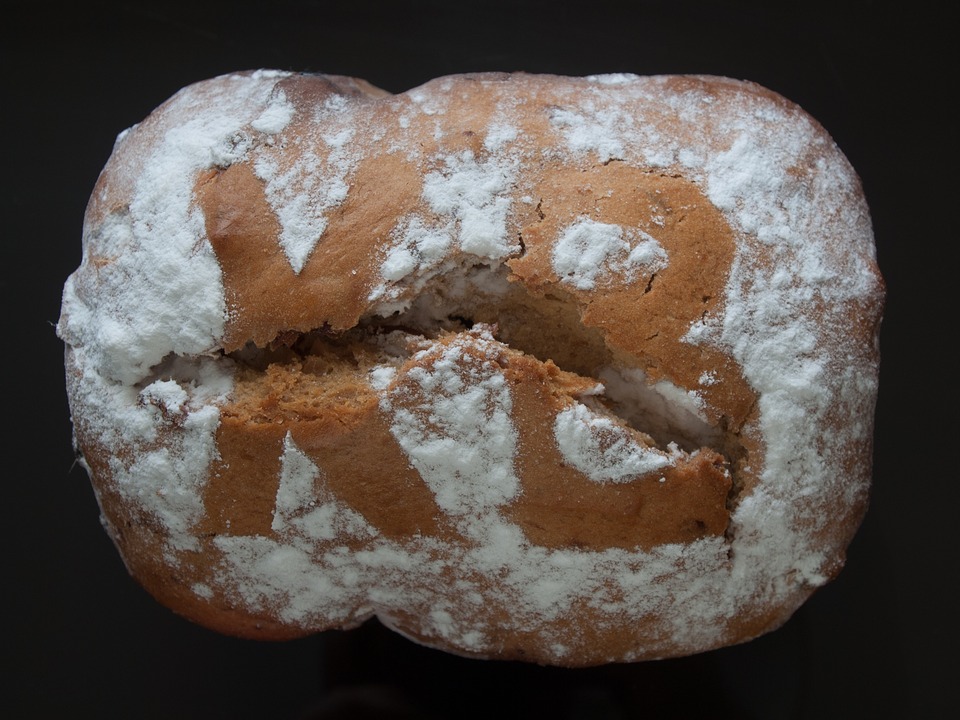
2. The Words
Okay, let’s talk vocabulary.
In Russia, Easter is known as Пасха (Paskha), pronounced with the stress on the first “a”. This word originally comes from the Ancient Greek word for Easter, which was itself borrowing of the Hebrew word for “passing”. The word is used to invoke the passage of Jesus from death to eternal life.
If you want to send someone a greetings card or an email for Easter make sure you write "Счастливой Пасхи" (Happy Easter). You can also write this as a full sentence - "Желаю вам/тебе счастливой Пасхи" (I wish you a happy Easter).
When meeting with one of your friends don’t be surprised if they say "Иисус воскресе!" (Christ is risen!). This is a common phrase that Russians use to greet each other around Easter time. Instead of shock respond with “Воистину воскресе!” (Verily he is risen!). Some sources might tell you that it is customary to kiss three times on the cheek after this exchange but beware; mostly only the more religious Russians will observe this practice, so your attempts to be culturally sensitive might just leave you with a rather sensitive cheek!

3. Celebrations
Easter observances in Russia, as in many other Christian majority countries, begin long before the Easter weekend itself. The first sign that Easter is on the way is the beginning of Lent, or, as it is known in Russia, Великий Пост, or "Great Lent".
As the name suggests this version of :ent is far removed the nice lenient tradition that you find in many English speaking countries. If you want to take part in this part of Russian Easter, you don’t get to choose just one thing to give up for 40 days. Rather, Russian Lent demands you follow a much more taxing dietary restriction. For a period of 47 days you will have to remove all animal products from your diet; that includes meat, fish, eggs and dairy.
That’s right, Russian Christians go vegan every year.
Great Lent even introduces other restrictions beyond the aforementioned changes to your diet, ranging from drinking less alcohol to just straight up having less fun (seriously). Unsurprisingly, given the particularly drastic lifestyle changes it requires, only a small fraction of Russians actually follow all the rules of Russian Lent.
If nothing else, Lent is a great time to visit Russia for vegans and vegetarians, as, during this time, many restaurants and cafes run a special meat-free menu, something that can otherwise be quite hard to find outside of specialist vegetarian restaurants.
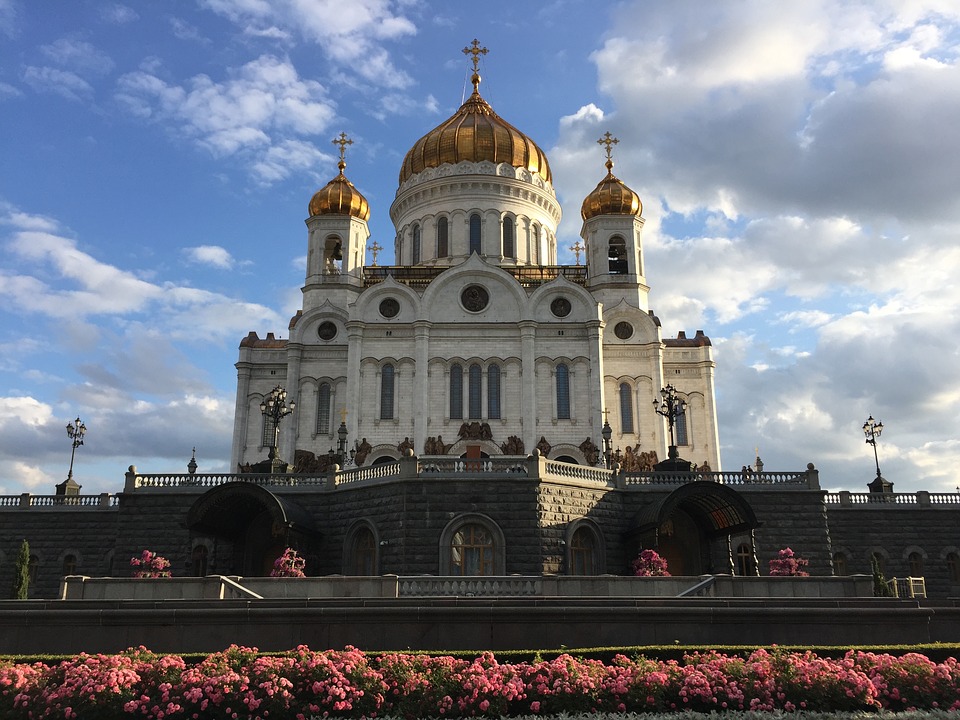
The celebration of Easter itself mostly takes place on Светлое Воскресение Христово (Easter Sunday). Russian Christians gather in churches all over the country to attend special Easter services, which begin late on Saturday evening and carry on through the night into the morning of Easter Sunday. Services start with a procession around the church, which is led by priests who carry either orthodox icons or a crosses.
After this everyone moves inside for the main sermon but, as there are no seats in Russian churches, worshippers have to stand throughout the entire event. The main Easter service takes place in the Cathedral of Christ the Saviour in Moscow. The service is broadcast live on Russian TV and it is attended by the Head of State (the President) and led by the head of the Russian Church (the Patriarch).
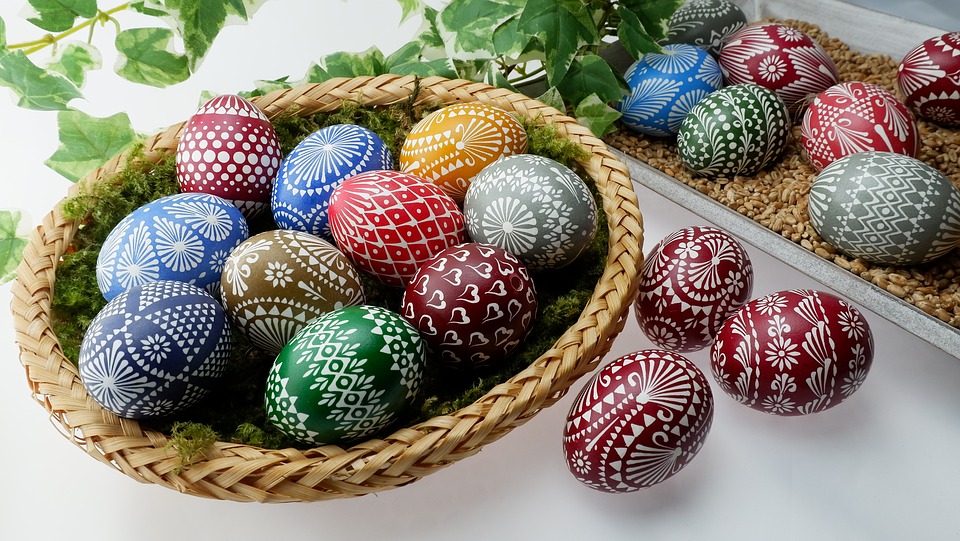
4. Easter Eggs
There are also some more secular Easter traditions in Russia that you can get involved with even if you’re not particularly religious. Easter eggs (пасхалные яйца) are one of these traditions but there’s bad news for chocolate fans; there is no Russian Easter Bunny and chocolate eggs aren’t nearly as popular in Russia as they are in English speaking countries.
If you want to celebrate Easter like a true Russian you’ll have to try your hand at making painted eggs. Originally a pagan tradition, Russian painted Easter eggs are made by dipping boiled eggs in edible dye. Quite often people just paint these eggs in one bright colour, but more seasoned and enthusiastic egg painters can use wax and different dye baths to create some truly amazing creations. You can learn more about the colouring process here.
Beyond just painting eggs, some Russians fight with them. After boiling a batch of eggs, Russians take turns using their own egg to hit their opponent’s egg. The person whose egg breaks first loses.
Family homes aren’t the only place you’ll find decorated eggs though. If you’re in Moscow at Easter time, expect to see the streets of the city centre lined with colourful eggs, displays of spring flowers, and other cheerful decorations. You can check out an example of these decorations from Easter 2016 here.
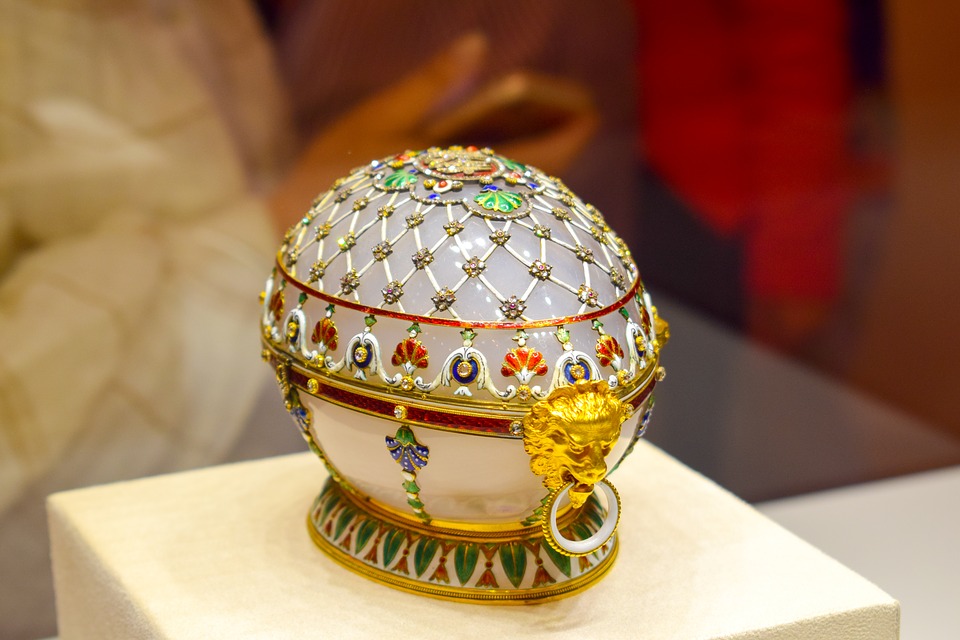
By far the most impressive Russia Easter eggs however, are those oh-so-famous eggs of Peter Carl Faberge. Between 1885 and 1917 Faberge designed 50 “Imperial Easter Eggs”, intricate jewelled eggs made of precious stones and metals which were made at the behest of two Russian Tsars, Alexander III and Nicholas II, who gave them as Easter gifts to their wives and mothers. Of the original 50 eggs, only 43 are still are known to exist. Those 43 eggs are spread out across various different locations but the biggest collections are held at the Kremlin Armoury in Moscow and the Faberge Museum in St Petersburg.
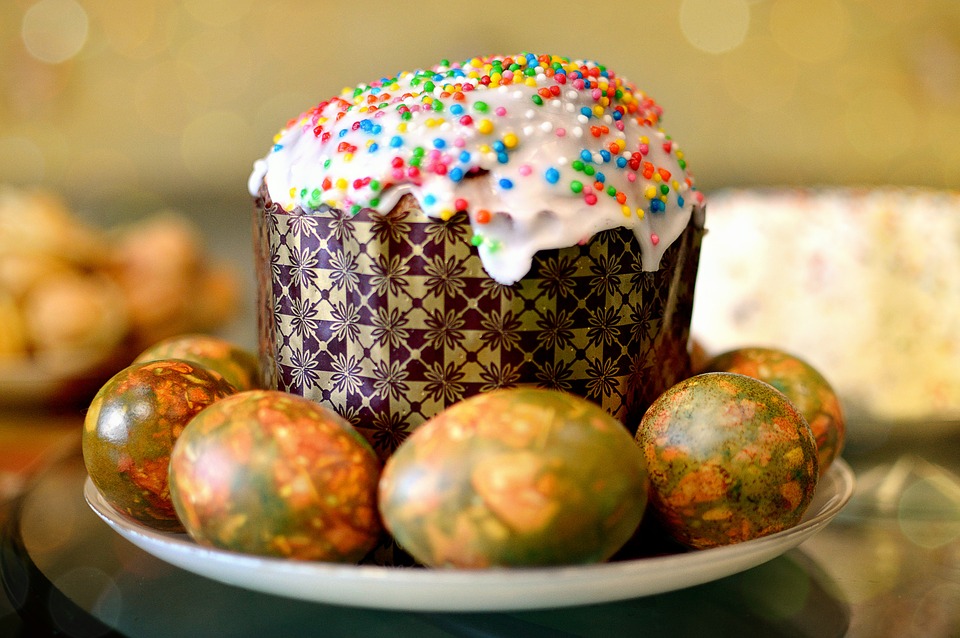
5. Kulich
Another Easter tradition which every Russian loves is the traditional Russian Easter cake кулич (kulich). This is a tall narrow cake, filled with raisins and other dried fruits, which is very similar in appearance and taste to Italian panettone. The main difference is that kulich is normally topped with sweet white icing and multi coloured sprinkles. The cake is quite simple to make; if you want to have a go at it yourself you can find an English language recipe here, or test your language skills by trying to follow this Russian recipe.
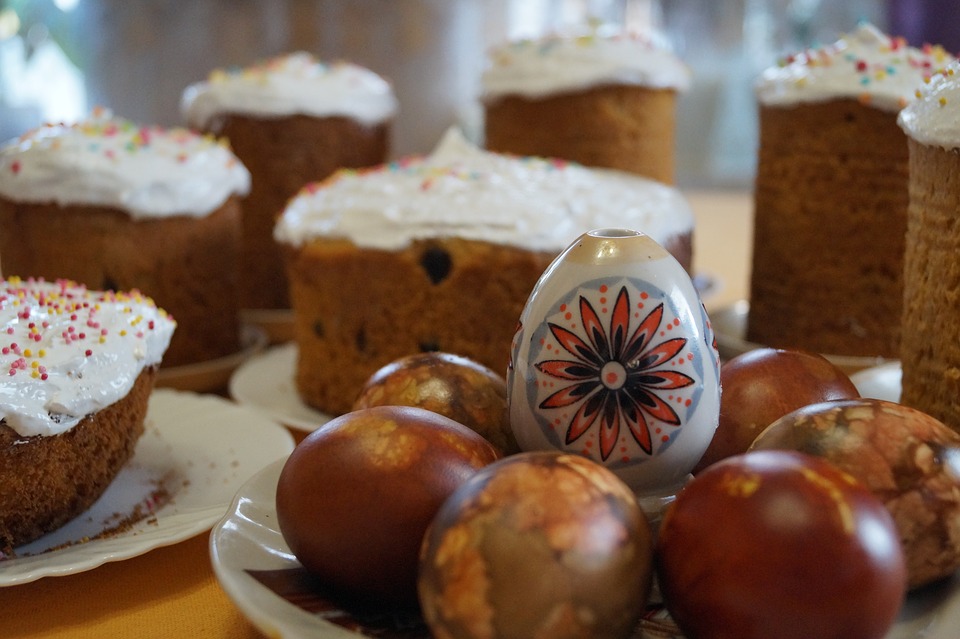
If you still want to keep the Easter spirit going even after the official Easter holidays have ended you should have a go at adopting some of the traditions listed above yourself. After all, learning a language can be sometimes frustrating, but exploring new cultures is always fun. So why not take this chance to relax, show off your new seasonal vocabulary, and entertain yourself, your friends, and your family with some tasty Russian customs.
Всем счастливой Пасхи!
